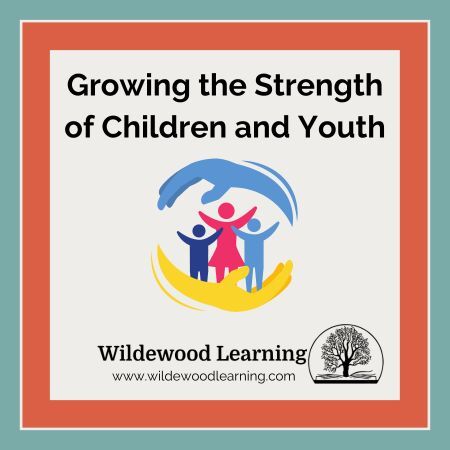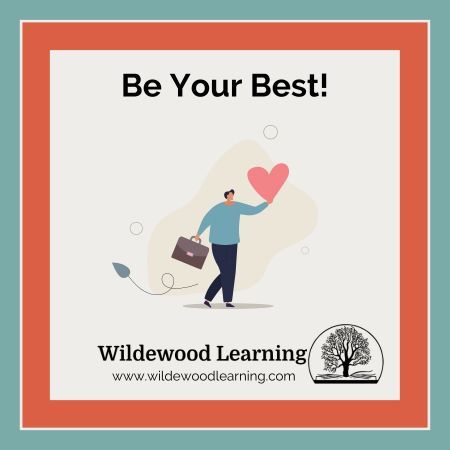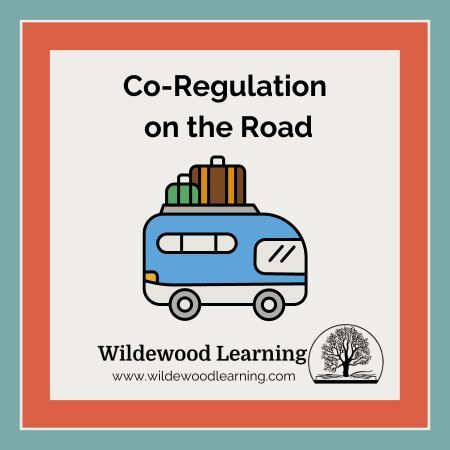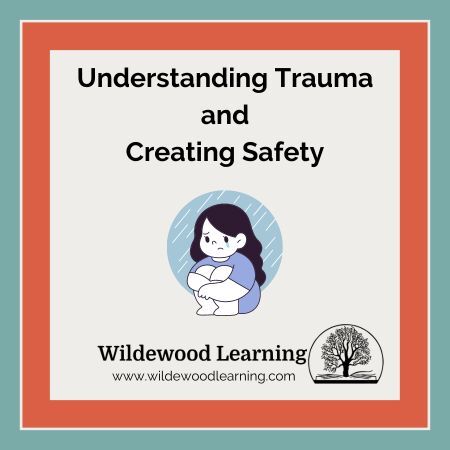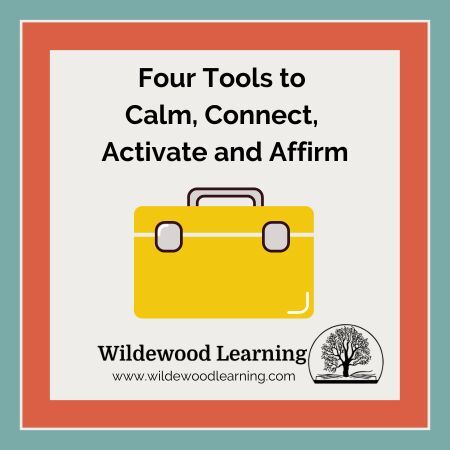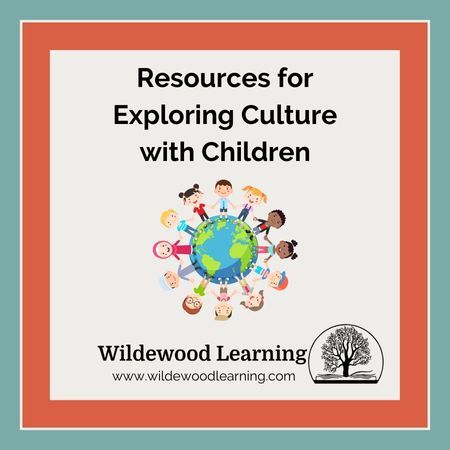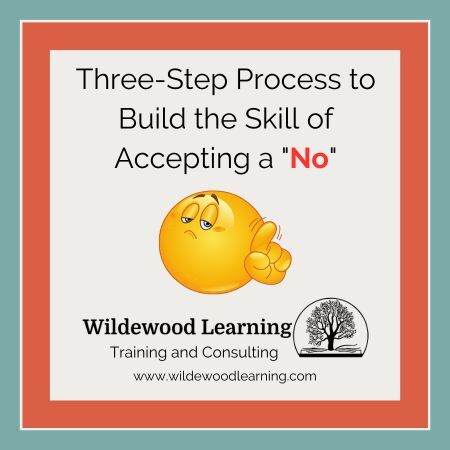Growing the Strength of Children and Youth!
Three weeks ago, I attended a conference sponsored by the Alternative Education Resource Organization (AERO) in Minneapolis, MN. I was both a presenter and a participant at the conference.
When I give a breakout session, I want to ensure that the participants walk away with at least one skill, tool, or strategy they can use with children or youth. Today, I am sharing an activity from my conference session with you.
So often, the systems surrounding us try to fit everyone into a one-size-fits-all model. This deficit-based model looks at people and identifies what they need to improve or be “fixed” within themselves. It leaves children thinking they are not enough, don’t fit in, or can’t be themselves. Children can carry limiting beliefs, like these, into adulthood.
Imagine if children and youth were actually supported in identifying their strengths, exploring their talents, and developing their skills over the years. As the adults surrounding children and youth, we play a crucial and integral role in this process. It’s our responsibility to guide them in this journey. Adults first need to see their strengths. Once adults have explored their strengths, they can better support children and youth in their journey of exploration. Adult mentors who can identify strengths feel valued and integral to the development of the children and youth in their classrooms and programs. They are building positive relationships!
As facilitators, you have the power to acknowledge your strengths and support children and youth in recognizing their own. Here is an activity that you can use to help you recognize your strengths and then support children and youth in recognizing their strengths.
- Find a partner with whom you want to learn more about.
- You will tell a story in which you felt proud, accomplished, or good about what you did or what happened. Your partner will practice active listening—listening for strength qualities and asking questions. Let your partner know when you both have a story in mind and then you can start.
- In your group, select Person A and Person B. Person A; you will have two minutes to tell your story. Person B, you will be listening for strength qualities through what the person did in the story.
- Have one person set the timer on his phone for 2 minutes, and Person A can start telling the story.
- Person B, tell person A what strengths you heard them say. For ideas of the strengths that showed up in the story, refer to the VIA character strengths word cloud.
- Reverse roles and Person B tells a story while Person A practices listening to the story.
- Then, take a few minutes to reflect on your story and strengths.
This is a very powerful activity when used in a Circle with youth or adults. It can help create a sense of belonging and acceptance within the group, making everyone feel included and seen as part of a supportive community. This activity has the potential to transform the dynamics of your group, fostering a sense of unity and support.
You can also use this activity with younger children by having them tell a story of when they were proud or accomplished a challenging task. Then, reflect to them the strengths that you heard in the story.
This is just one of the many tools, strategies and activities that I share with school leaders, educators and youth program directors in my workshop, “Growing the Strengths of Youth: Cultivating Trauma-Informed Resiliency Practices.” Find out more about my live online workshops HERE. I would love to share with you more ways to grow the strength of children and youth in your school or program.

